The world has many unique and incredible places to see and visit. Whether the area is known for its rich history, gorgeous beaches or natural wonders, experiencing something beyond yourself and taking in nature’s glory is a beloved pastime of many.
However, the earth is ever-changing, and many factors play a part in the destruction or disappearance of several travel locations. Sometimes, the disappearance may be due to climate change and rising sea levels, carelessness of tourists, or erosion. Regardless of the reason, several popular destinations may disappear within our lifetime or become so inhabitable that no one can visit.
To compile a list of the travel destinations that may not be around in a decade, 24/7 Tempo consulted numerous sources, including travel guides such as Rough Guides. Then, these destinations were cross-checked with reputable sources such as National Geographic, scientific papers, and National Parks websites.
From Asia to Montana, here’s a look at some destinations around the world that you should try to visit before it may be too late.
The Dead Sea
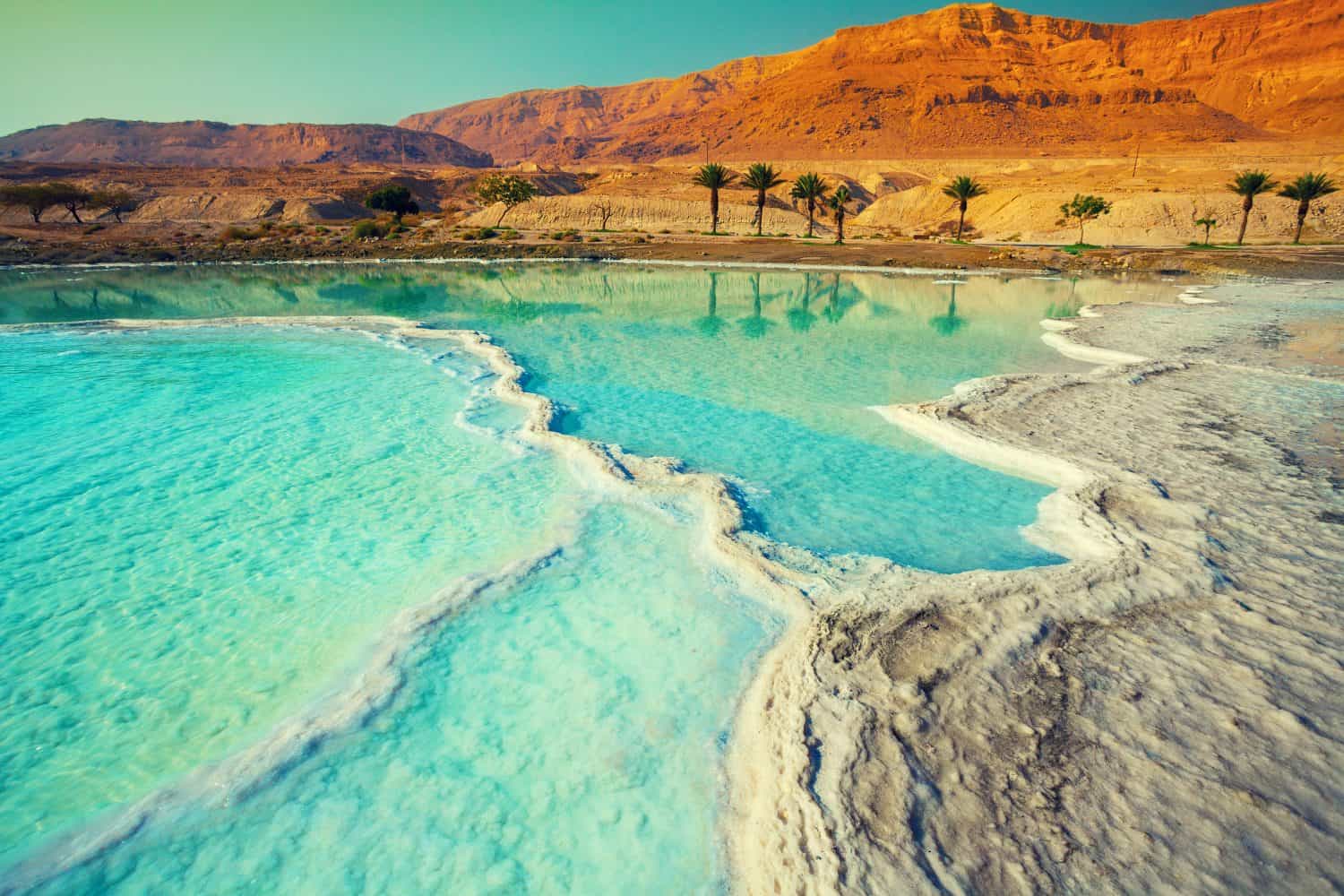
- Location: Between Israel and Jordan, Southeast Asia
- Known For: Being one of the saltiest bodies of water with a high mineral count
One of the travel destinations that may not be around much longer is the Dead Sea, one of the saltiest bodies of water with the highest mineral count. The inbound lake is so salty that tourists practically float when they sit in it. Many factors play a part in the receding of the Dead Sea shoreline. First, man-made problems include gathering the minerals to export them and shifting the freshwater sources away from the Dead Sea for use. These reasons, which include global warming, contribute to the lake drying up. Additionally, water levels drop around 3 to 4 feet every year, and the receding shoreline has caused dangerous sinkholes, one of which swallowed a parking lot. While the Dead Sea may not completely disappear, if something isn’t done to preserve it, it may become more challenging for tourists to experience its wonder and history.
Everglades National Park
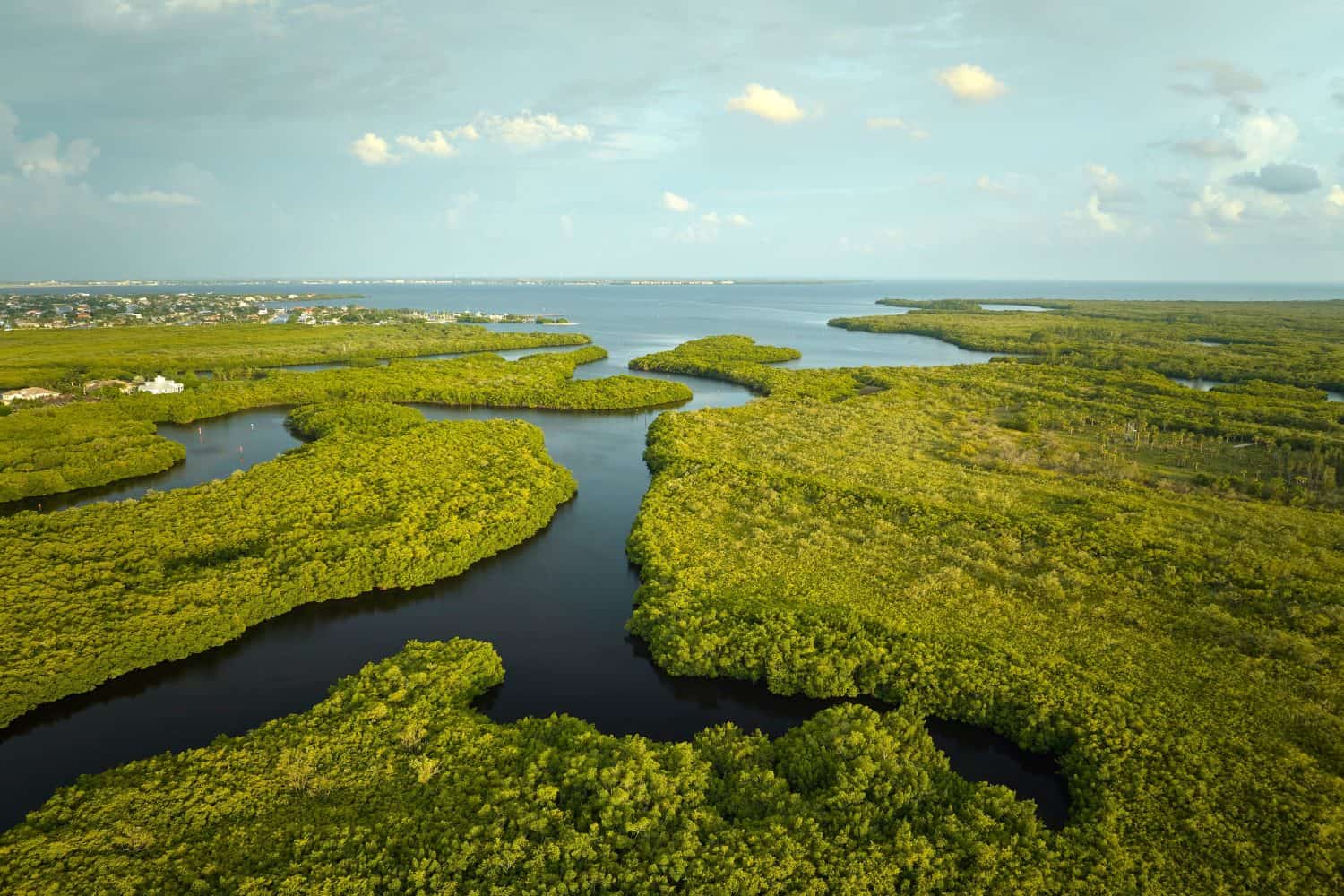
Everglades National Park in South Florida covers around 7,800 square miles (Source: Bilanol / Shutterstock)
- Location: South Florida
- Known For: Covering 7,800 square miles across Florida, it’s a wetland ecosystem with a surplus of wildlife.
Rising sea levels are affecting Florida’s coastlines, and if the predictions ring true, then the Everglades National Park is in danger of disappearing altogether. The effects of global warming are already rearing their ugly head, with the rise of sea levels, warmer water temperatures, and higher salinity. The changing climate is also affecting the wildlife and plants that thrive in the Everglades.
Seychelles Islands
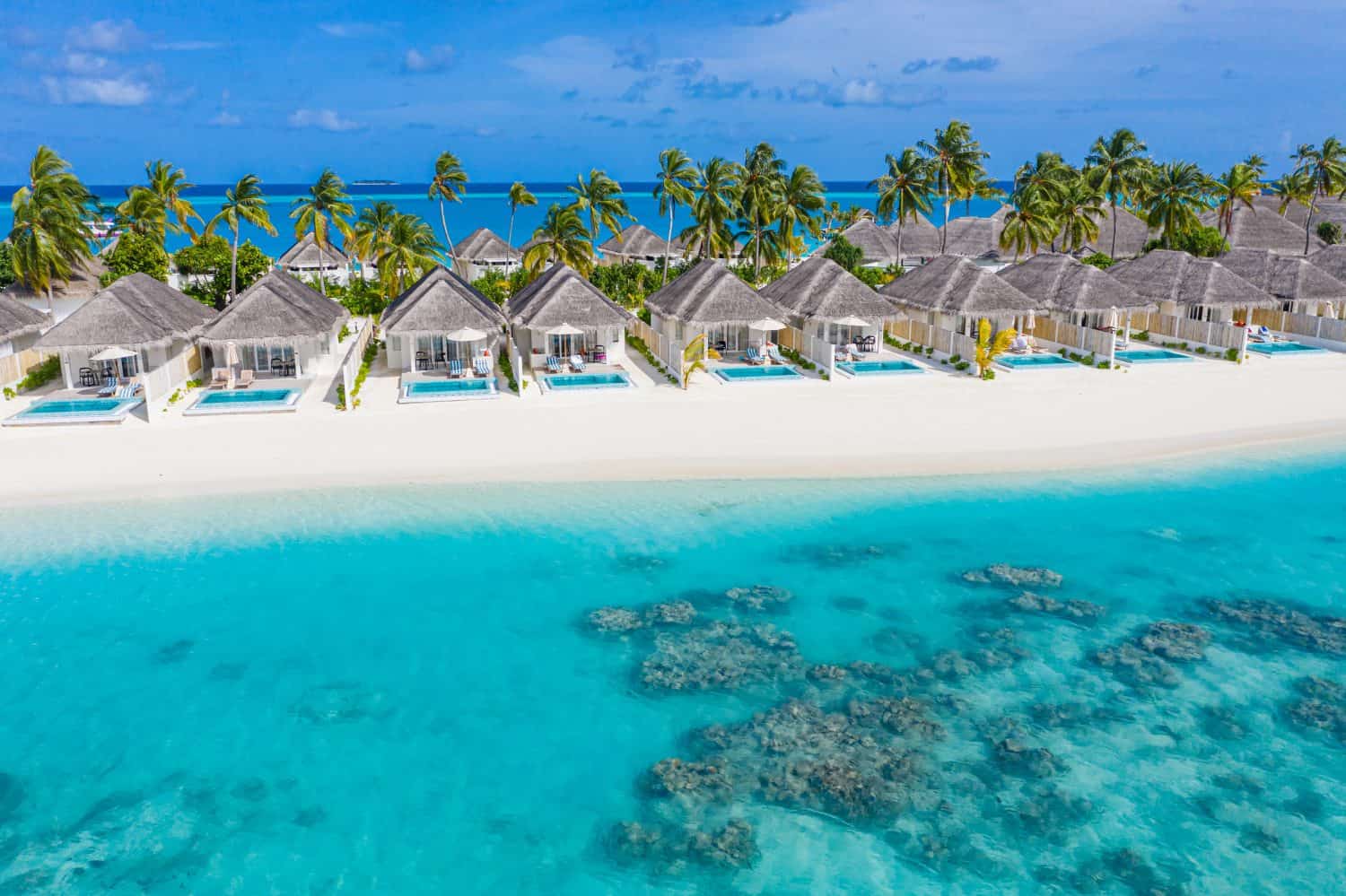
- Location: Indian Ocean
- Known For: Beautiful beaches, clear blue waters, and gorgeous landscapes
The Seychelles Islands are a tourist hotspot known for gorgeous beaches and clear waters. Even better, many of the beaches are not crowded, allowing tourists to enjoy their vacation more comfortably. However, in the future, the Seychelles Islands may become inhabitable. Global warming contributes to rising, warmer waters, leading to the sinking of the islands. Erosion of the shoreline also plays a factor. In December 2023, the president of Seychelles declared a state of emergency after an explosion and severe flooding on the Island of Mahe resulted in injuries and death.
Machu Picchu
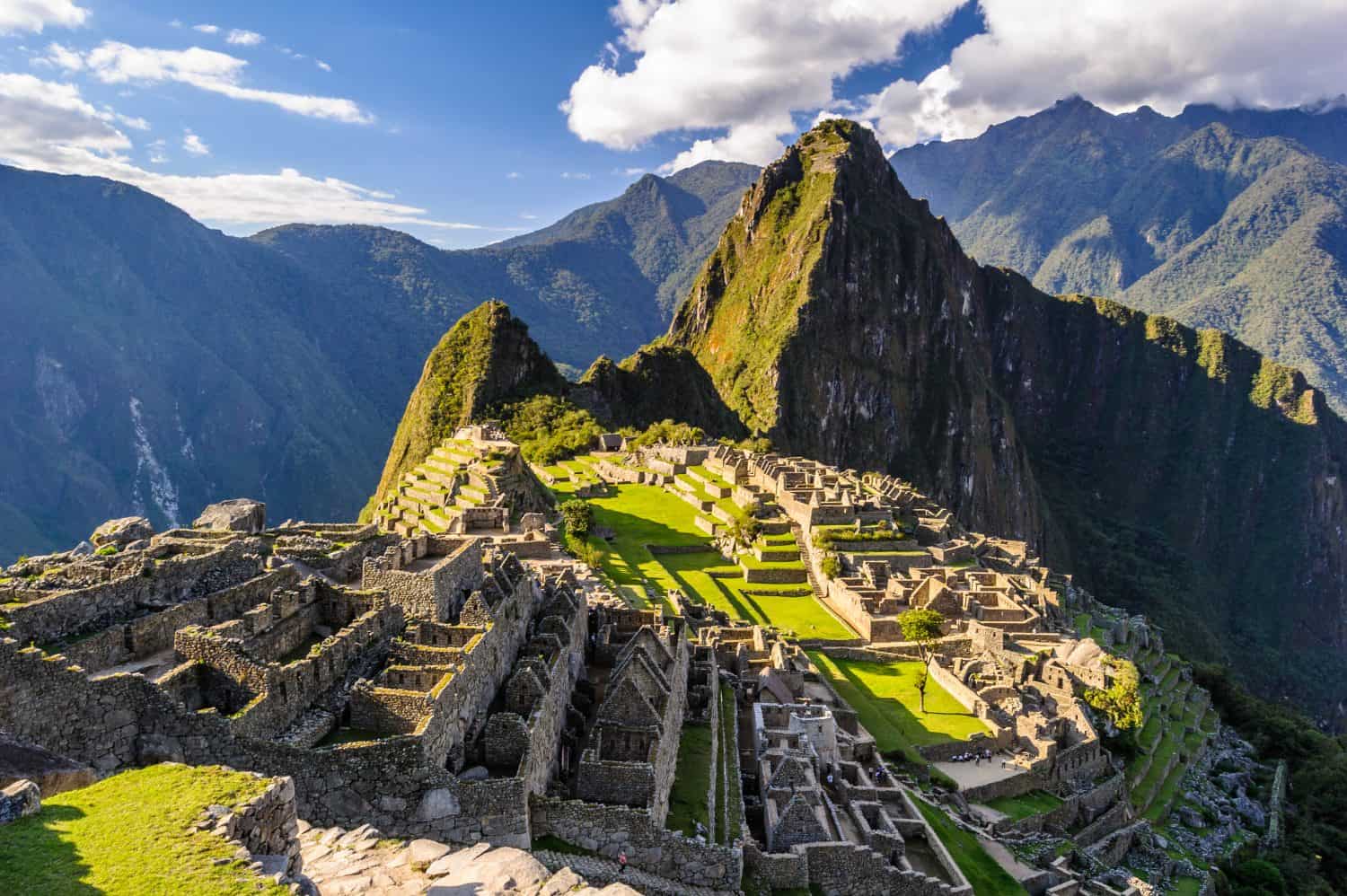
- Location: Peru
- Known For: Being the “lost city of the Incas”
Machu Picchu is a popular place for tourists to visit in the South American country of Peru. However, the Incan citadel is in danger of disappearing. With the fragile state of the citadel, the amount of tourists who can visit daily has decreased. Yet, the visits are still taking their toll, leading to erosion at a speedy rate. Along with the many tourists, Machu Picchu is threatened by erosion and landslides. All of these factors may contribute to its destruction.
Bangkok
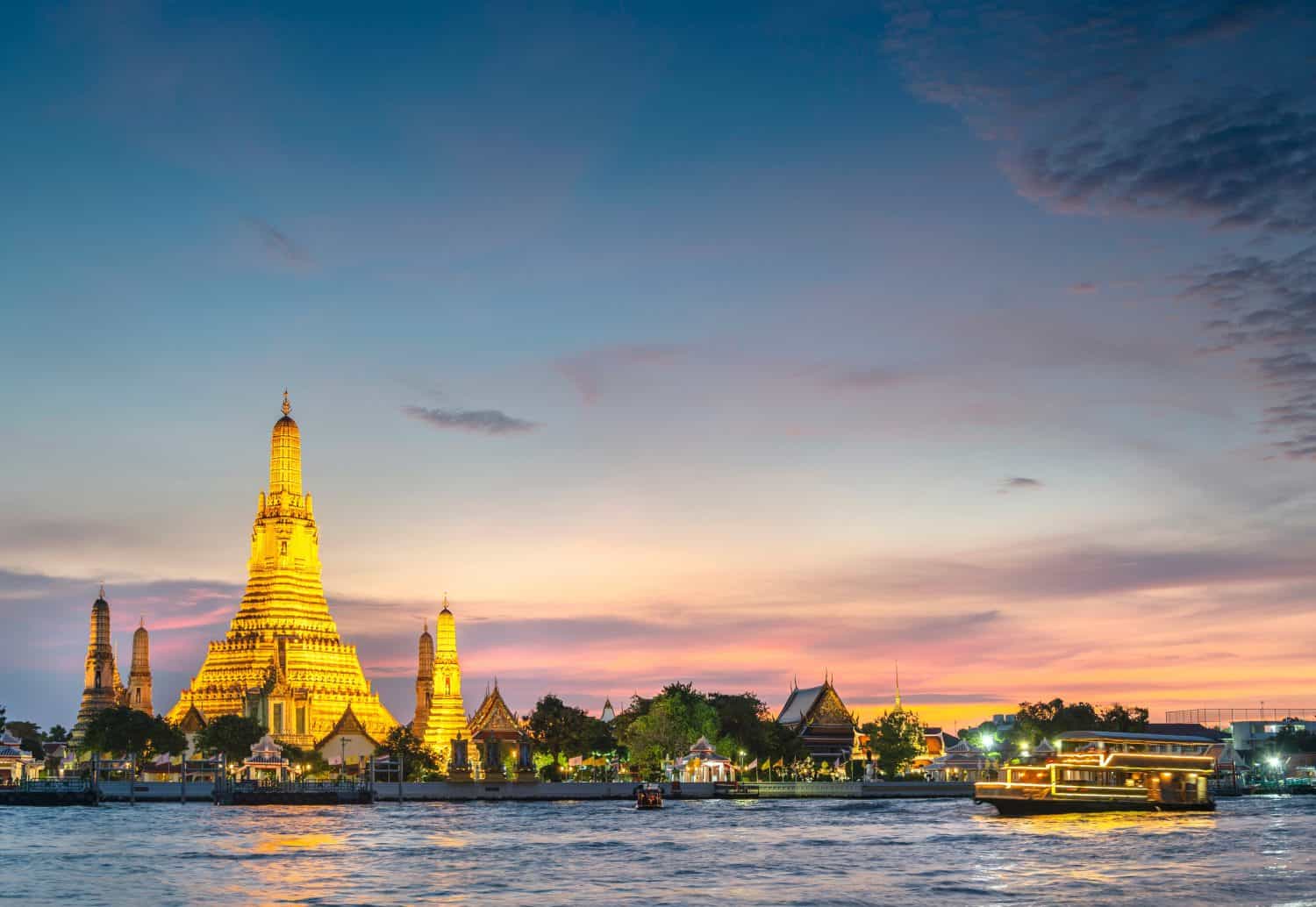
- Location: Thailand
- Known For: Culture, nightlife, and architecture
While many know that Venice, Italy, is sinking and is predicted to submerge entirely by 2100, another city faces imminent danger of disappearing. Bangkok, Thailand, is only 5 feet above sea level, and many predict that the majority of the city could be underwater by 2030.
The Galapagos Islands
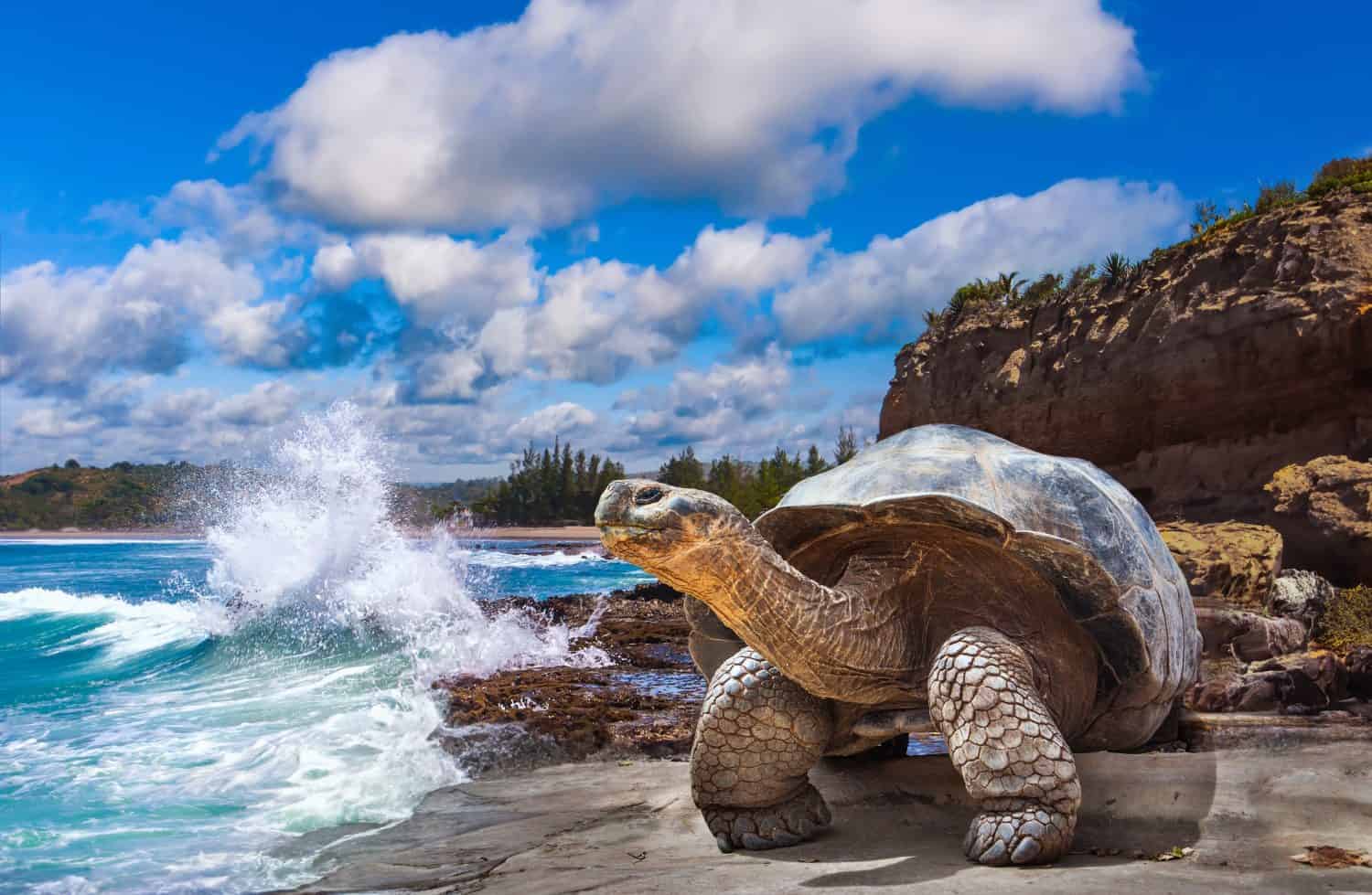
- Location: Republic of Ecuador
- Known For: Giant tortoises and a link to famed scientist Charles Darwin
The Galapagos Islands in Ecuador of South America are in jeopardy of disappearing; some predict this could happen by 2100. However, climate change, the influx of tourists, and volcanic activity leave the Galapagos Islands vulnerable. In 10 years, the Islands will be significantly impacted.
The Mosques of Timbuktu
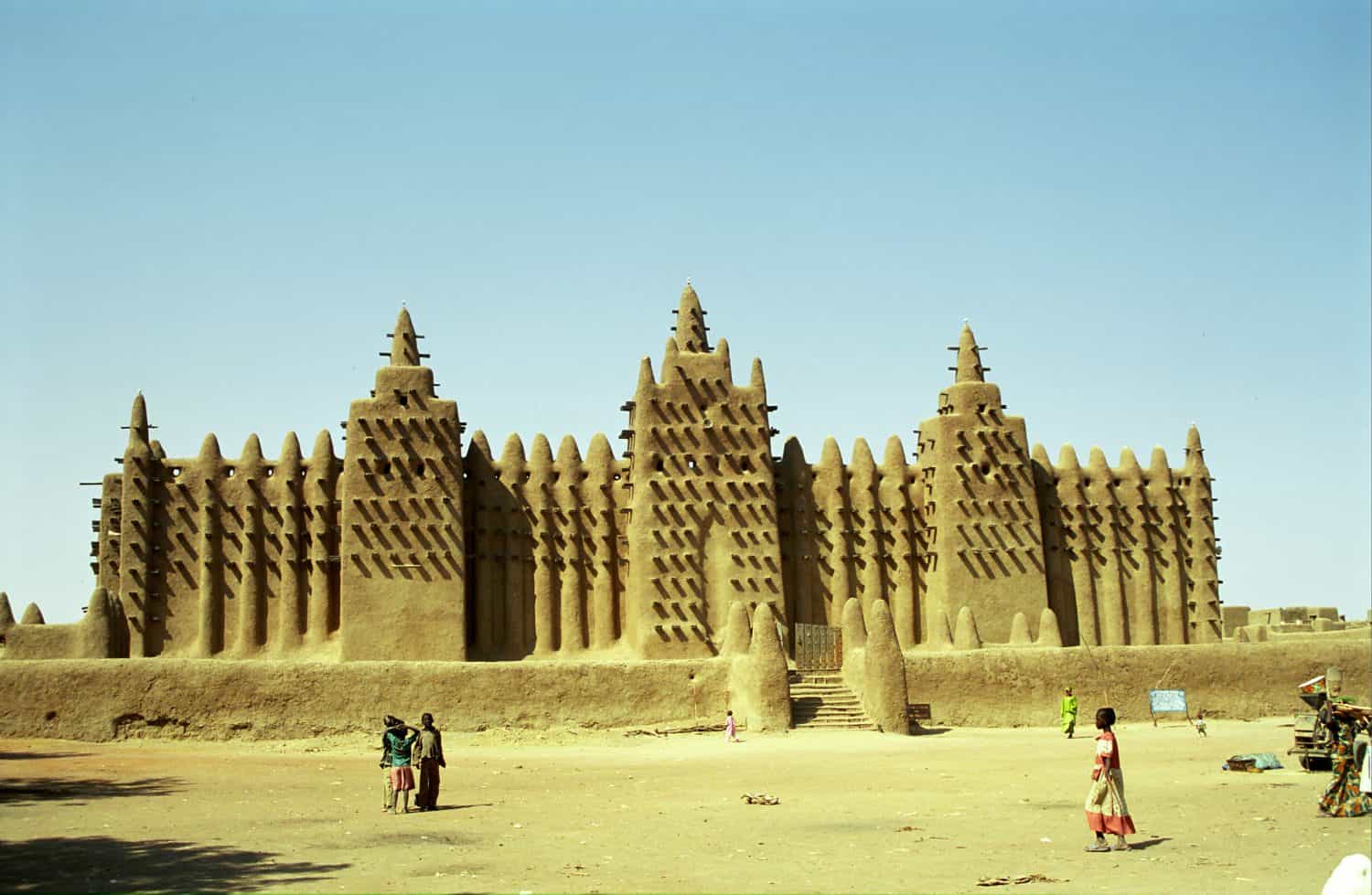
- Location: Mali
- Known For: Their rich history and architecture
The Mosques of Timbuktu in Mali, Africa, are rich in history. Since the Mosques are part of the UNESCO World Heritage Site, some strive to conserve their integrity and structure. However, their history goes back to the 14th century, and their structure was made out of mudbricks. These factors make the remaining Mosques of Timbuktu susceptible and vulnerable to erosion, rainfall, and high temperatures.
Maya Bay
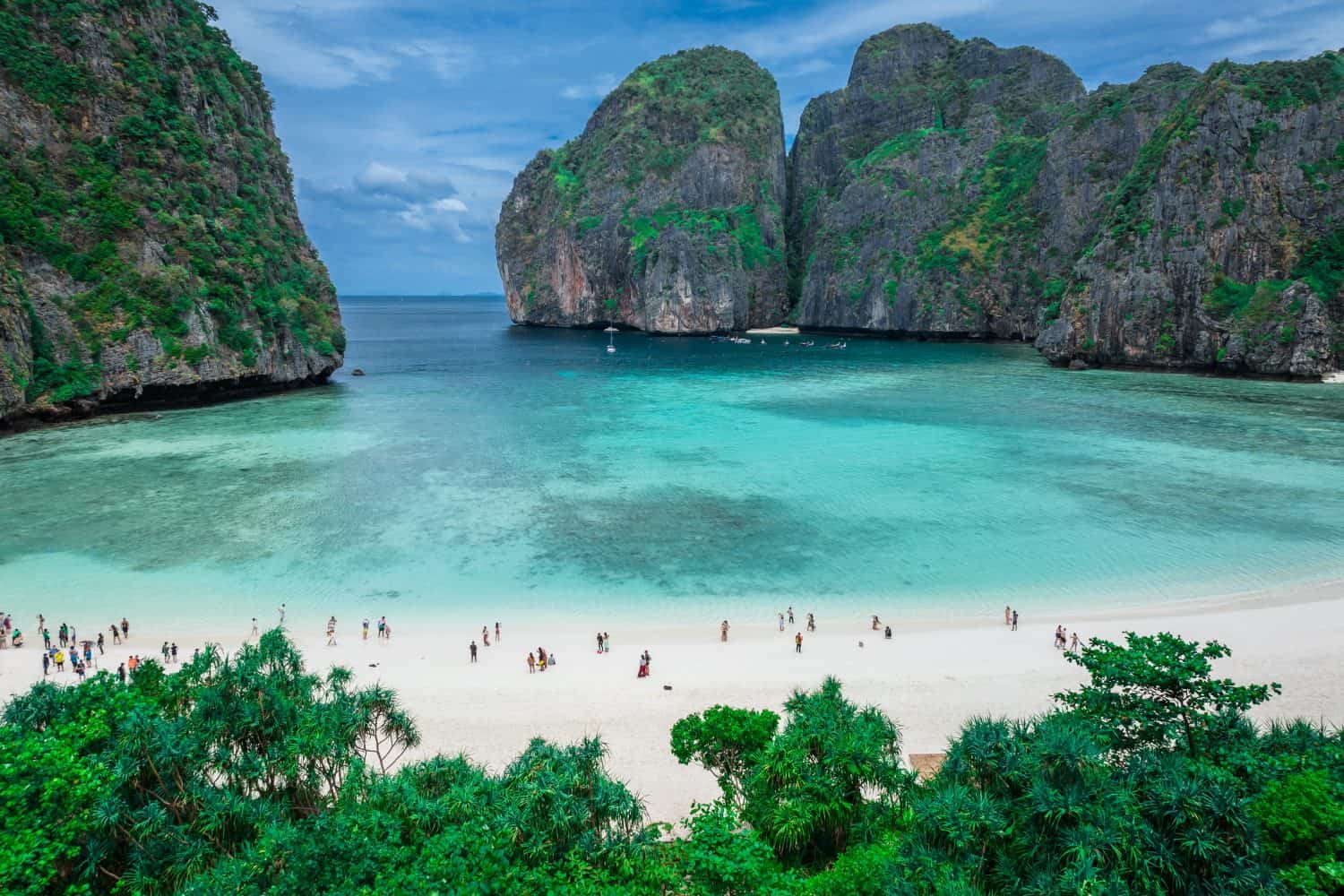
- Location: Thailand
- Known For: 100-meter cliffs and white, sandy beaches
In 2000, Leonardo Decaprio starred in the movie “Beaches,” which prompted an influx of travelers to tour Maya Bay, where the movie was filmed. The problem is that the inflow of tourists has caused damage to the ecosystem. As a result, Maya Bay has shut down numerous times to recover.
Maldives
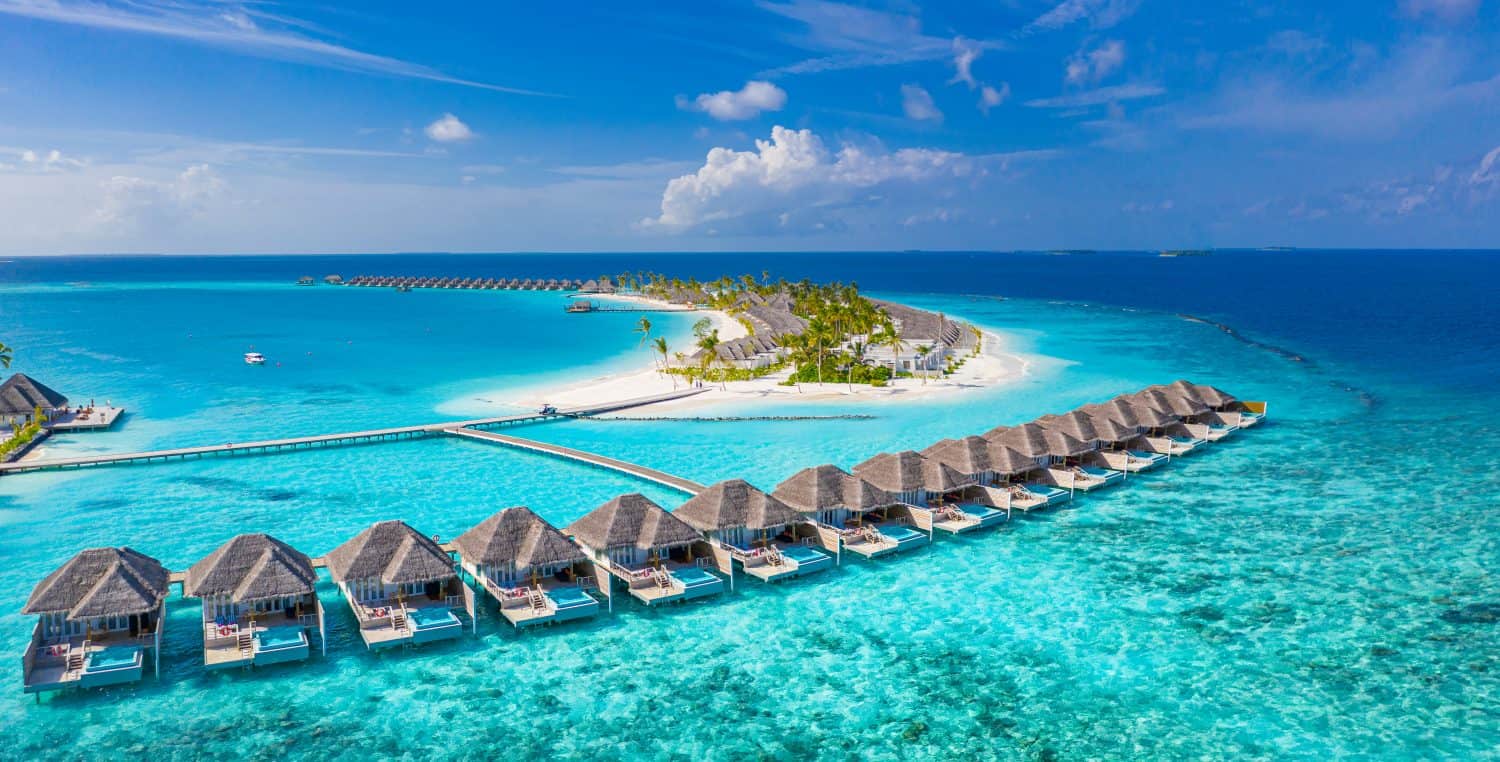
- Location: Indian Ocean
- Known For: Culture, beaches, and clear waters
The Maldives Islands’ highest point sits below 8 feet above sea level. With rising sea levels, the Maldives are at risk of sinking. Around 80% of the Islands are about 3 feet above sea level. The impact of global warming paints a dire future for the Maldives. Many predictions point towards the Islands being completely inhabitable by 2050. However, some fear it will be before that.
Majuli Island
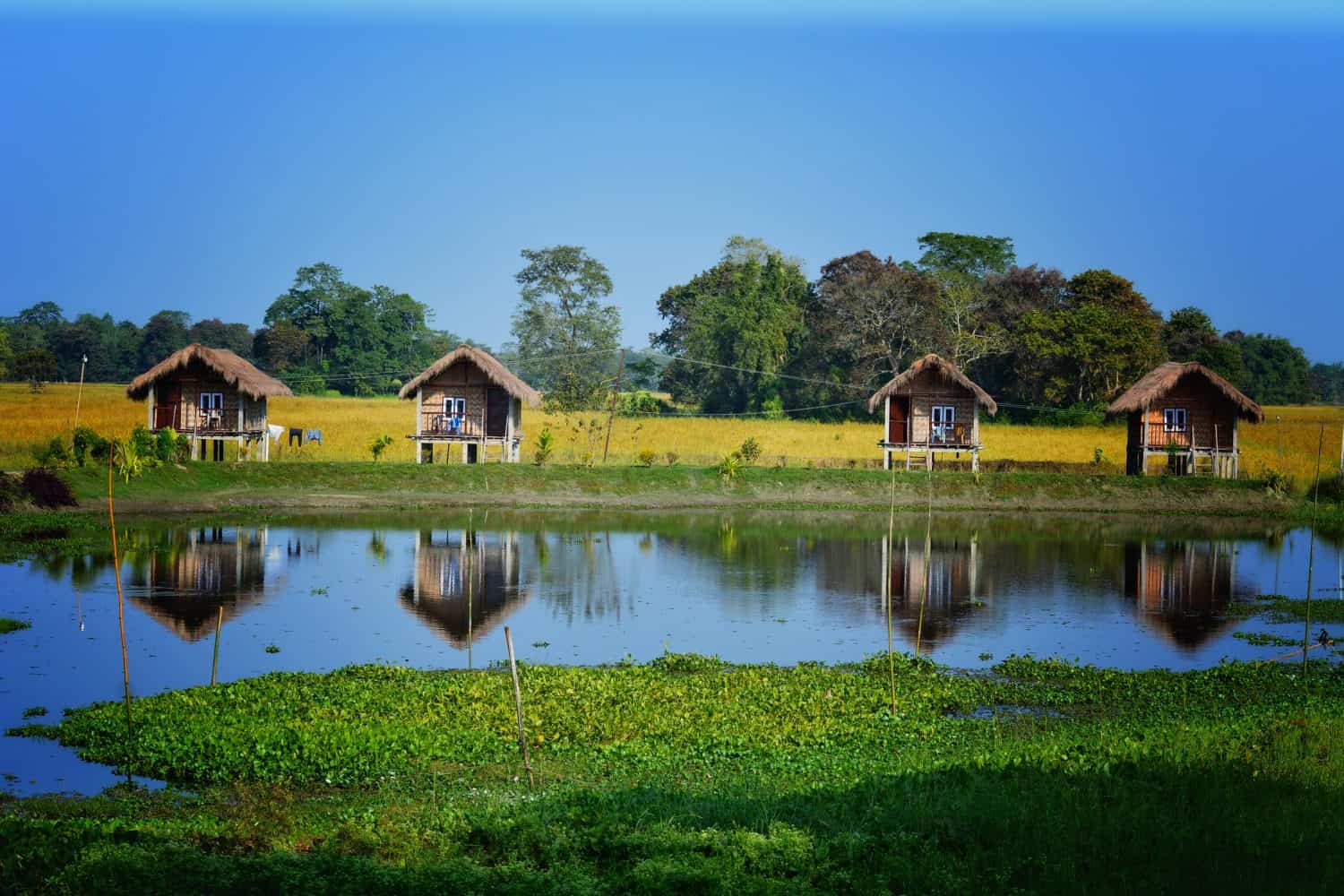
- Location: India
- Known For: Being the largest river island in the world
Majuli Island is located in Assam, India, and holds the Guinness World Record for being the largest river island in the world. However, flooding and erosion are impacting the island. To put things in perspective, in the 19th century, Majuli Island measured around 500 square miles and is now around 136 square miles. Between flooding, erosion, and the ever-changing effects of nature, many experts fear that the island will be submerged entirely sooner rather than later.
The Great Barrier Reef
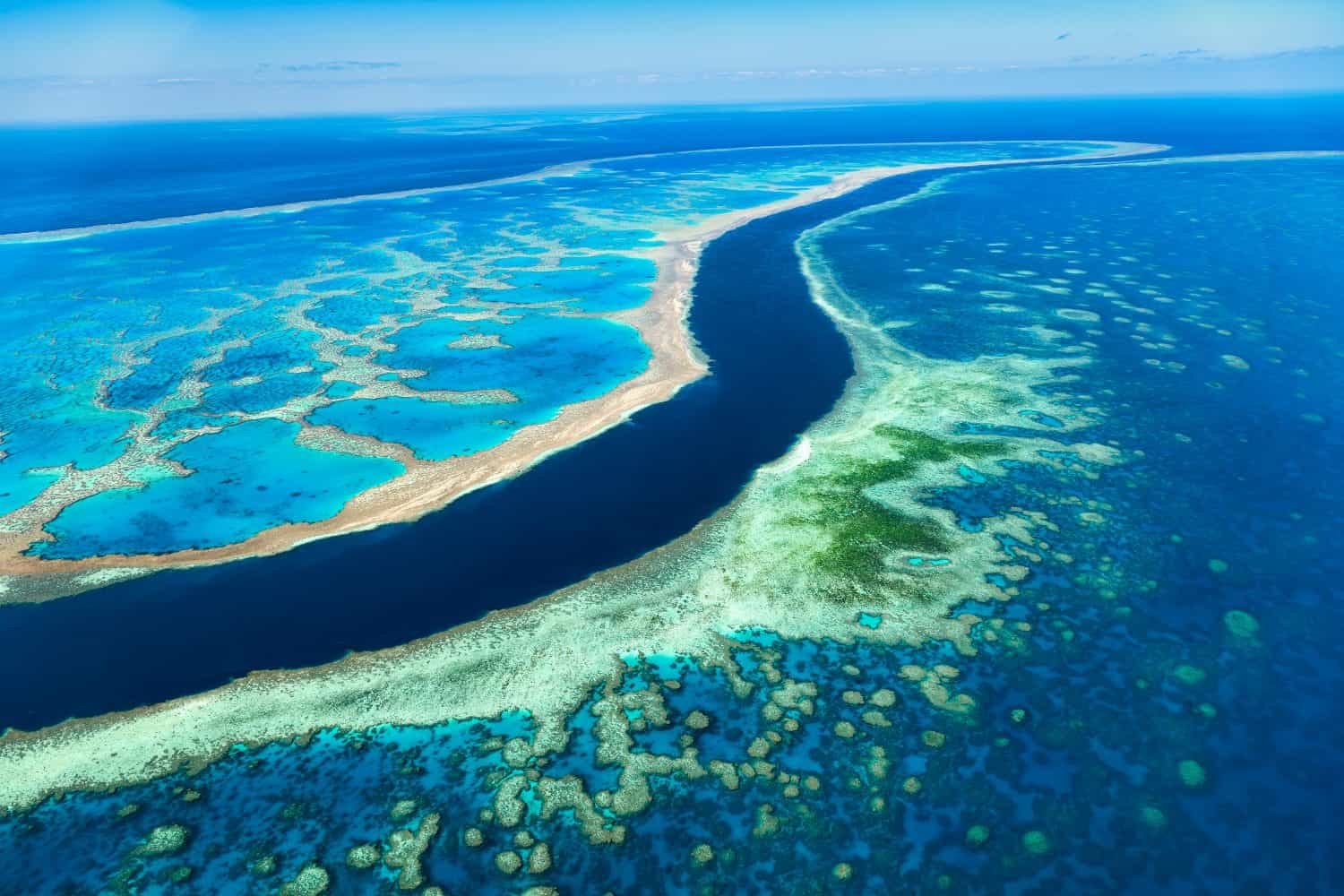
- Location: Australia
- Known For: Being the world’s most extensive coral reef system and its diversity of wildlife
Scientists predict that most of the Great Barrier Reef off the coast of Australia may disappear unless we act fast. The disappearance of the reef, which covers a whopping 133,000 square miles, threatens the many animals and marine life that need it for survival. While many factors play a part in the reef’s death, climate change is the No. 1 factor causing water temperatures to rise. Pollution is also causing great harm and death to the reef by bleaching it. Although half of the reef has died, many scientists and organizations are working hard to save the rest.
The Glacier at Montana’s Glacier National Park
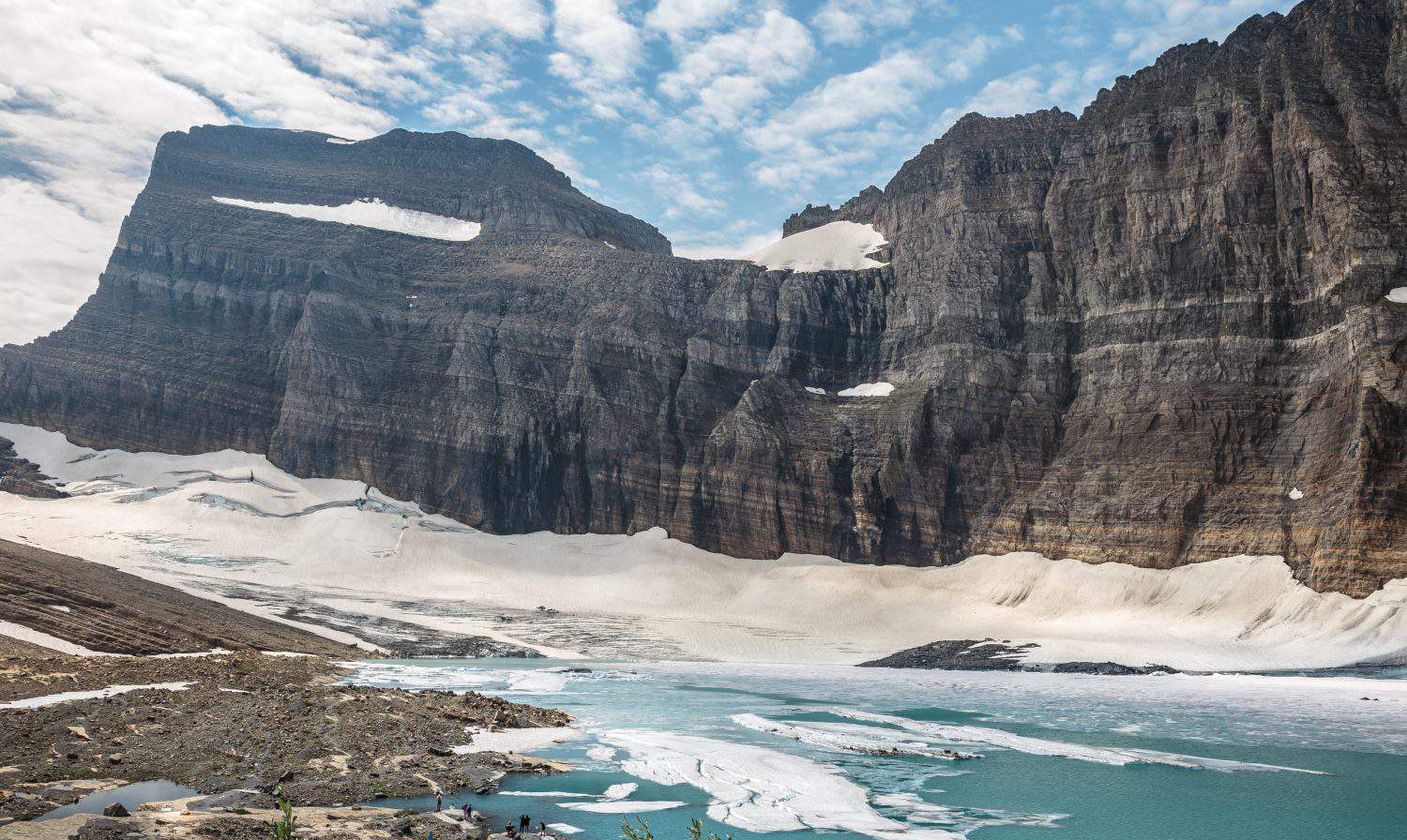
- Location: Montana
- Known For: Beautiful glaciers, trails, valleys, and lakes
The views one takes in while at Montana’s Glacier National Park are spectacular. When the Glacier National Park was created in 1910, there was an estimate of around 80 glaciers. Now, there are only 26 glaciers left, and they are melting fast. Annual mean temperatures have been rising since 1910. While some predict that the glaciers may disappear as soon as 2030, it’s also possible that they will stick around longer.
Mount Kilimanjaro’s Peak
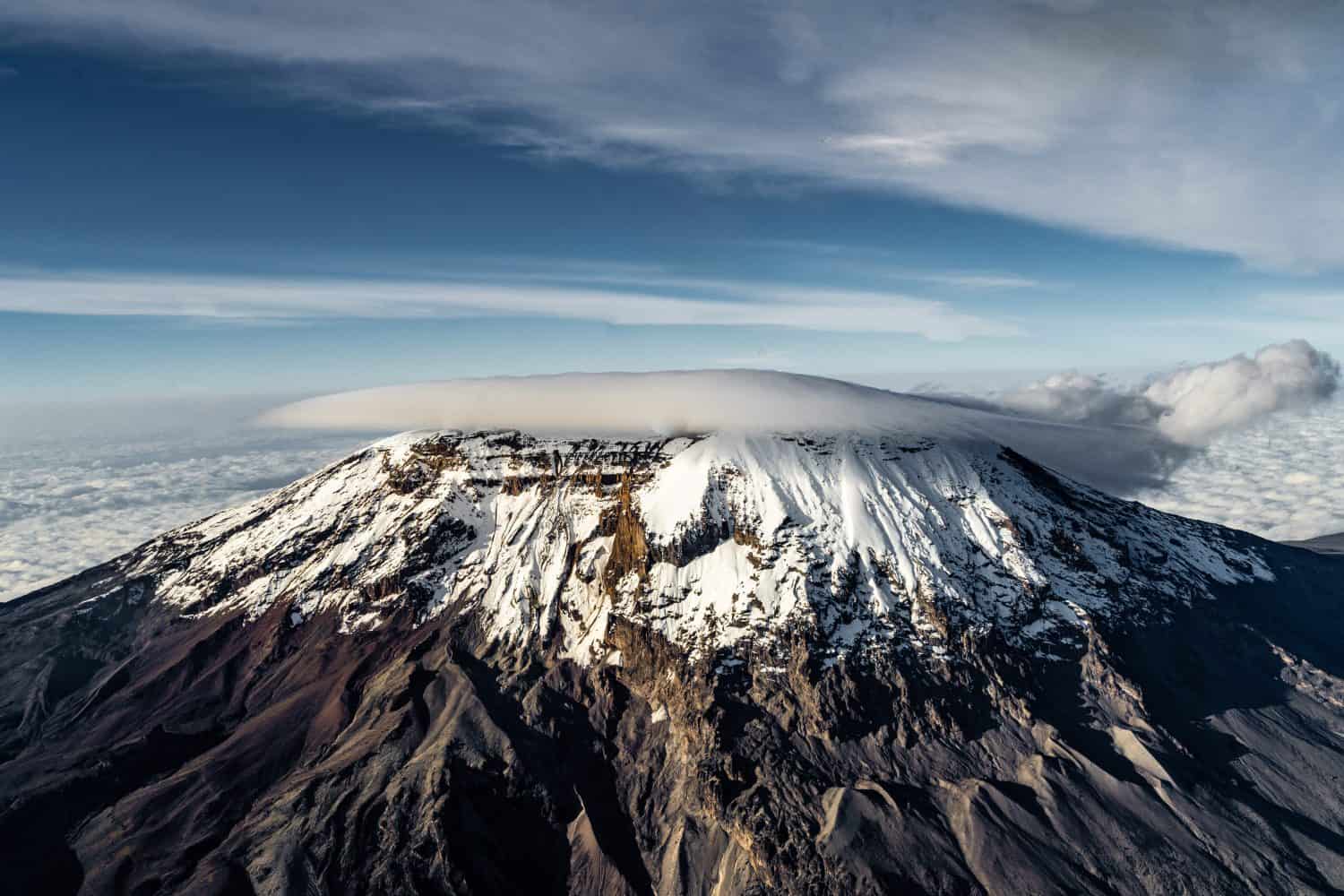
- Location: Tanzania
- Known For: Africa’s largest mountain, also a snow-capped volcano
Mount Kilimanjaro is one of Africa’s largest tourist attractions. This dormant volcano is the largest mountain in Africa and was once beautifully adorned with a snow cap. However, since 1912, Mount Kilimanjaro has lost around 85% of its ice caps. While the mountain will remain, some predict that the caps will disappear sooner rather than later.
Great Wall of China
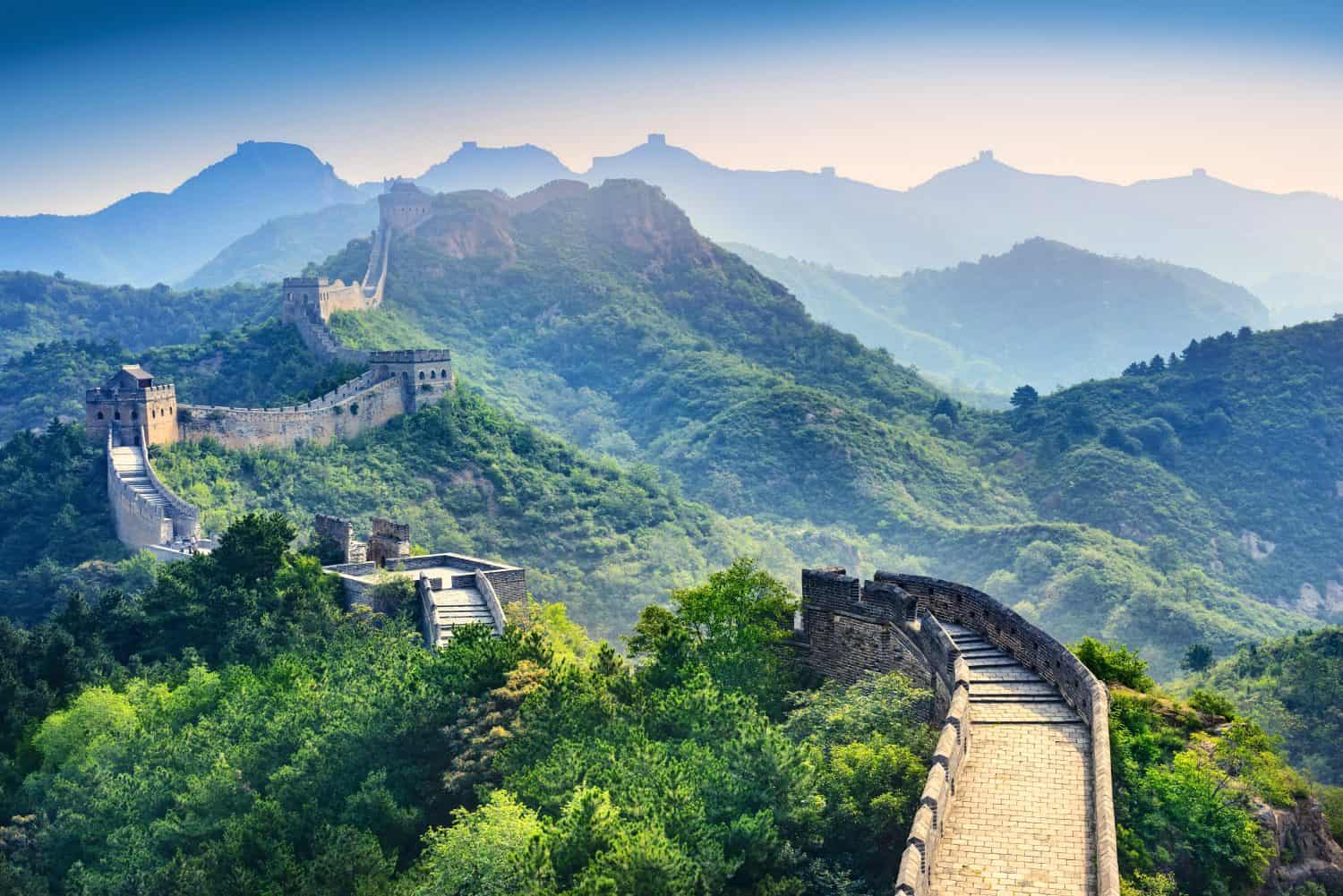
- Location: China
- Known For: Being one of the world’s seven wonders, its large size and architecture
The Great Wall of China is one of the world’s seven wonders. Between its rich history and wonder, it attracts millions of tourists a year. It is the world’s largest fortification, measuring just over 13,000 miles in length. However, over 30% of the wall has crumbled completely, leaving only dust in its wake, and around 10% is exceptionally preserved. Natural erosion, tourists, and modern constructions contribute to the crumbling of the Great Wall of China.
Sundarbans Reserve Forest
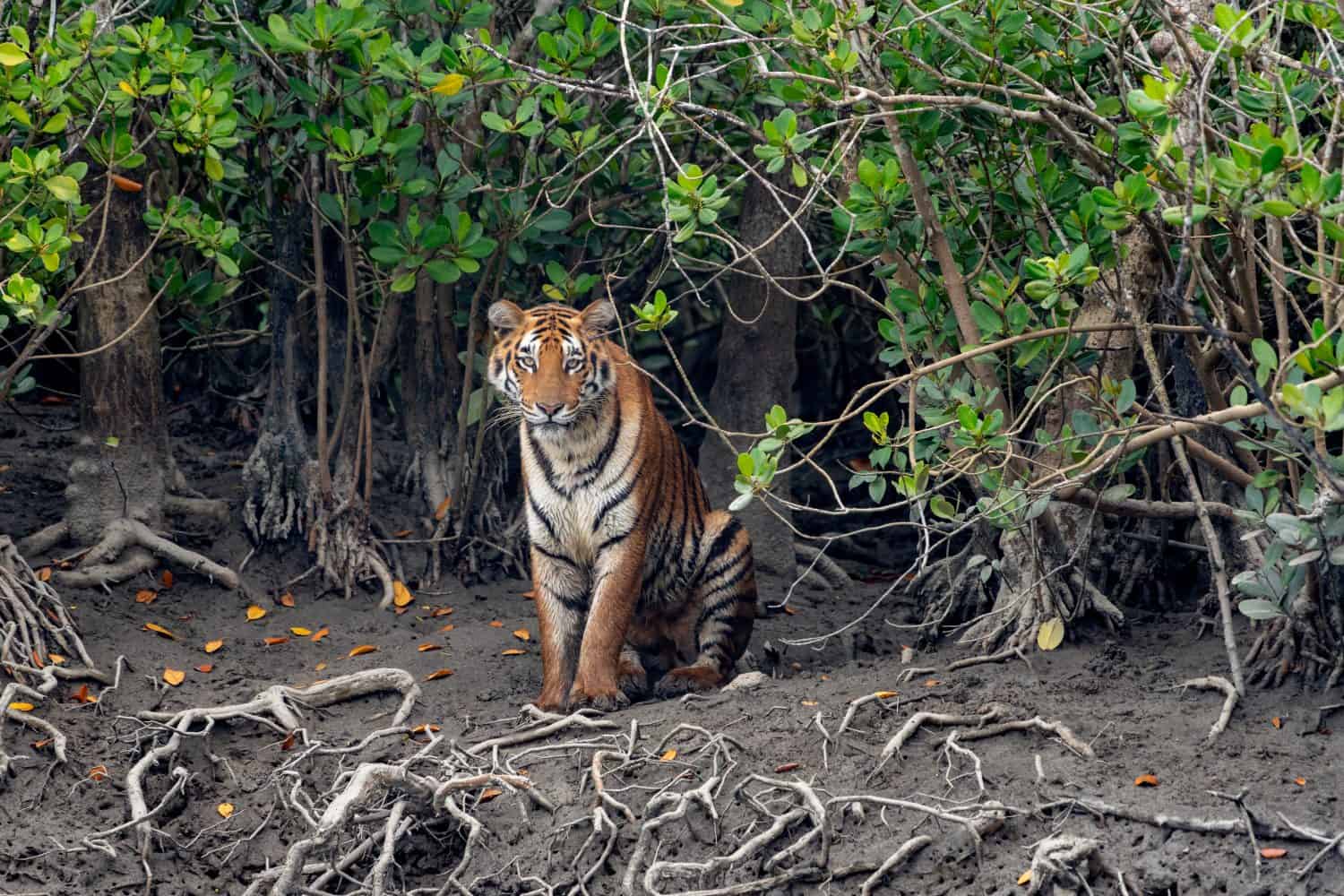
- Location: Bangladesh
- Known For: Being a biodiverse forest and home to the royal Bengal tiger
Nature lovers enjoy visiting the Sundarbans Reserve Forest. However, the rising sea is a significant contributing factor to the disappearance of the Sundarbans. Four islands have completely disappeared under water: Suparibhanga, Kabasgadi, Bedford, and Lohachara, which led to the displacement of 6,000 families. Deforestation and pollution also contribute to the disappearance of the Sundarbans Forest.
Now that you have an idea of some places you should visit fast, look at the 50 natural wonders everyone should see at least once and the most breathtaking natural marvel in each state.